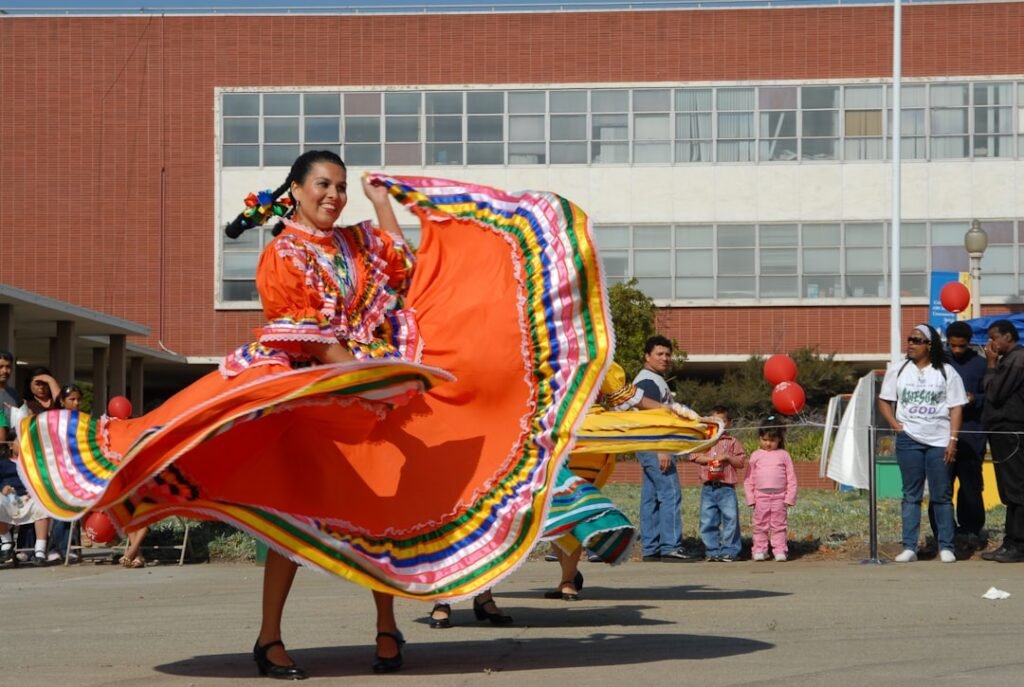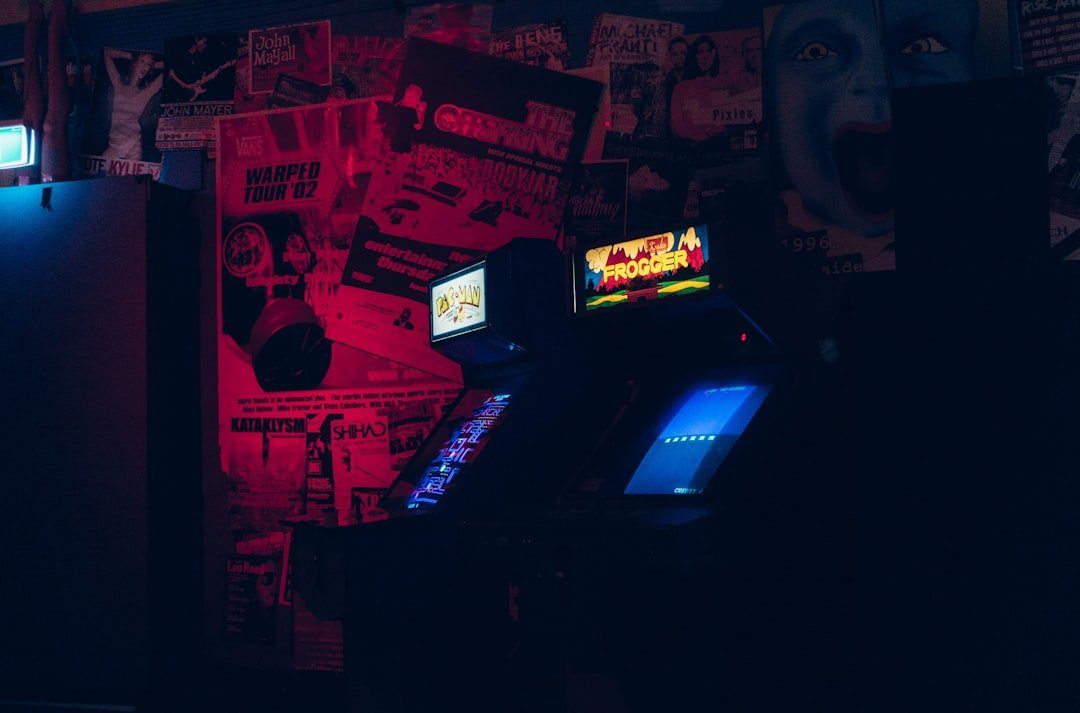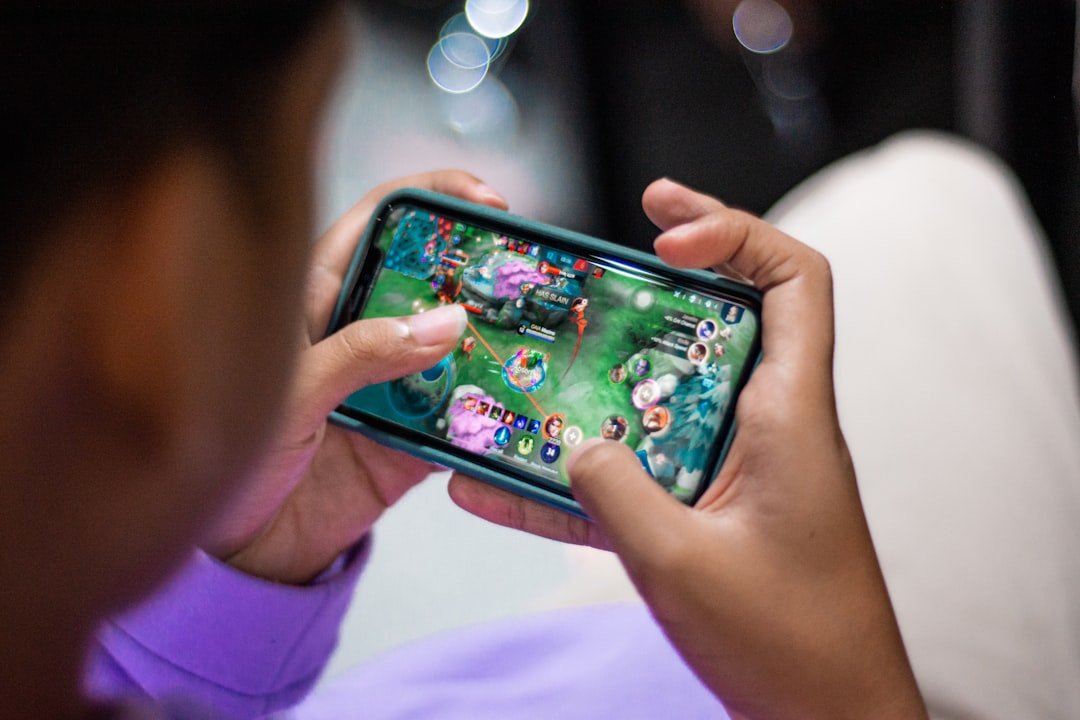Now Reading: Leveling the Playing Field: Accessibility Features in Competitive Gaming
-
01
Leveling the Playing Field: Accessibility Features in Competitive Gaming
Leveling the Playing Field: Accessibility Features in Competitive Gaming

As a passionate gamer, I have always been drawn to the thrill of competition and the camaraderie that comes with it. However, I have come to realize that not everyone has the same opportunity to participate in this vibrant community. Accessibility in competitive gaming is not just a buzzword; it is a fundamental aspect that can determine whether individuals with disabilities can engage in the gaming world.
The importance of accessibility cannot be overstated, as it opens doors for a diverse range of players, allowing them to showcase their skills and passion for gaming. In recent years, the gaming industry has made strides toward inclusivity, but there is still a long way to go. Competitive gaming, or esports, has exploded in popularity, drawing millions of players and spectators alike.
Yet, the lack of accessible features can alienate those who are differently abled. By prioritizing accessibility, we can create an environment where everyone has the chance to compete on an equal footing, fostering a sense of belonging and community that transcends physical limitations.
Key Takeaways
- Accessibility in competitive gaming is crucial for creating an inclusive and diverse community.
- Understanding the needs of gamers with disabilities is essential for developing effective accessibility features.
- Accessibility features not only improve inclusivity but also enhance the overall gaming experience for all players.
- Successful examples of accessibility features in competitive games demonstrate the positive impact on the gaming community.
- Game developers play a vital role in implementing and advancing accessibility features to support gamers with disabilities.
Understanding the Needs of Gamers with Disabilities
Understanding the Challenges of Gamers with Disabilities
Disabilities can manifest in various forms, including visual impairments, hearing loss, mobility challenges, and cognitive differences. Each of these conditions presents unique obstacles that can hinder a player’s ability to engage fully in competitive gaming.
The Importance of Inclusive Design
For instance, a visually impaired gamer may struggle with games that rely heavily on visual cues, while someone with limited mobility may find it difficult to use traditional controllers. By taking the time to listen to and learn from gamers with disabilities, we can gain valuable insights into their experiences and challenges. This understanding is crucial for creating an inclusive gaming environment.
Towards a More Accessible Gaming Experience
It is essential to recognize that accessibility is not a one-size-fits-all solution; rather, it requires a nuanced approach that considers the specific needs of various individuals. By fostering open dialogue and collaboration with the disabled gaming community, we can work together to identify effective solutions that enhance accessibility.
How Accessibility Features Improve Inclusivity in Competitive Gaming
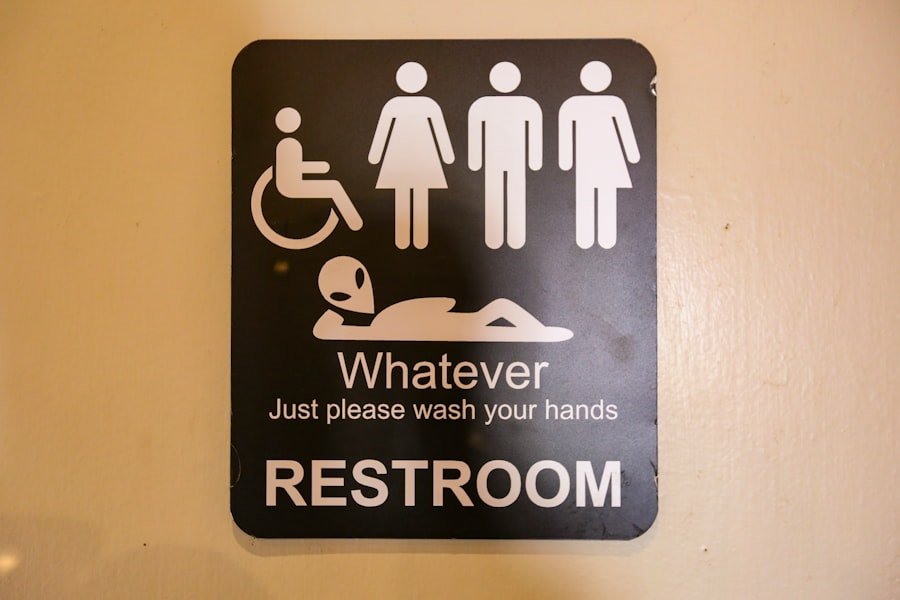
Accessibility features play a pivotal role in making competitive gaming more inclusive. These features can range from customizable controls and colorblind modes to text-to-speech options and visual indicators for audio cues. By incorporating such features into games, developers can empower players with disabilities to participate fully in competitive environments.
As I reflect on my own gaming experiences, I recognize how these enhancements can level the playing field and allow everyone to showcase their talents. Moreover, accessibility features not only benefit gamers with disabilities but also enrich the overall gaming experience for all players. For instance, customizable controls can help players with different preferences find their optimal setup, while colorblind modes ensure that everyone can enjoy the visual aspects of a game without feeling excluded.
By embracing accessibility as a core principle in game design, developers can create a more welcoming atmosphere that encourages diverse participation and fosters a sense of community among players.
Examples of Successful Accessibility Features in Competitive Games
There are numerous examples of successful accessibility features in competitive games that have set a precedent for others to follow. One standout example is “The Last of Us Part II,” which received widespread acclaim for its comprehensive accessibility options. The game includes features such as customizable controls, audio descriptions, and visual aids that cater to players with various disabilities.
This commitment to accessibility not only enhanced the gameplay experience for many but also demonstrated that inclusivity can coexist with high-quality game design. Another notable example is “Overwatch,” which has implemented several accessibility features to accommodate players with different needs. The game offers colorblind modes, adjustable sensitivity settings, and visual cues for audio signals, making it easier for players with hearing impairments to engage in competitive matches.
These examples highlight how thoughtful design choices can create an environment where all players feel valued and empowered to compete at their best.
The Role of Game Developers in Implementing Accessibility Features
Game developers play a crucial role in shaping the future of accessibility in competitive gaming. Their decisions during the design process can either promote inclusivity or perpetuate barriers for gamers with disabilities. As someone who appreciates the artistry and creativity involved in game development, I understand that incorporating accessibility features requires careful consideration and collaboration with the disabled community.
Developers must prioritize accessibility from the outset rather than treating it as an afterthought. This proactive approach involves conducting user testing with individuals who have disabilities to gather feedback on how well the game accommodates their needs. By engaging with this community throughout the development process, developers can create more effective solutions that resonate with players and enhance their overall experience.
The Impact of Accessibility Features on the Competitive Gaming Community
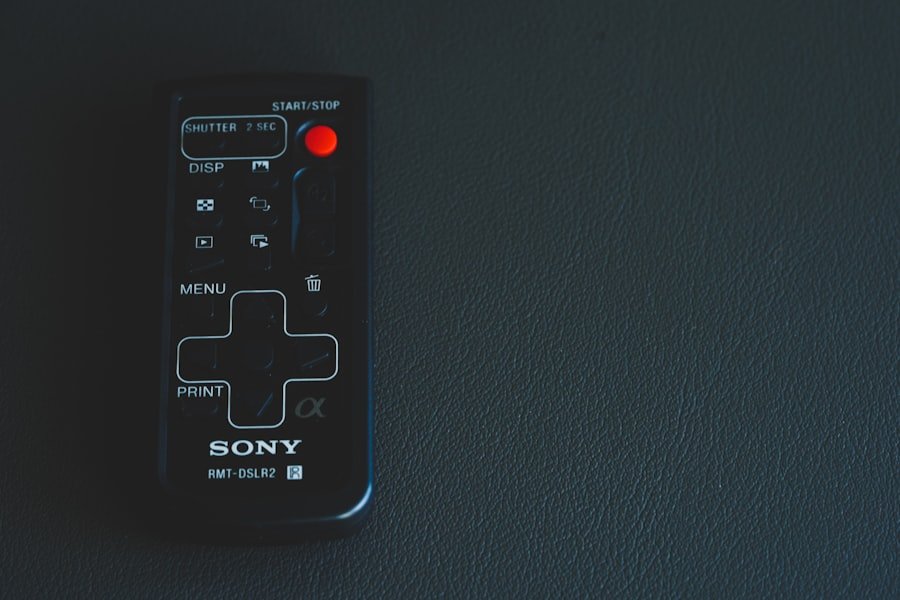
Increased Diversity in Esports
As I observe the growing diversity within esports tournaments and events, I am encouraged by the positive changes taking place.
Enriching the Competitive Landscape
Accessible games can lead to increased participation rates among gamers with disabilities, ultimately enriching the competitive landscape. When more players are able to compete on equal footing, it elevates the level of competition and creates a more dynamic gaming environment.
A Better Competitive Gaming Experience
This shift not only benefits individual players but also enhances the overall quality of competitive gaming as a whole.
Advancements in Technology for Gamers with Disabilities
Advancements in technology have played a significant role in improving accessibility for gamers with disabilities. Innovations such as adaptive controllers and voice recognition software have transformed the way individuals interact with games. For instance, Microsoft’s Xbox Adaptive Controller is designed specifically for gamers with limited mobility, allowing them to customize their setup according to their unique needs.
This kind of technology empowers players to engage more fully in competitive gaming experiences. Additionally, developments in artificial intelligence and machine learning are paving the way for even more personalized accessibility solutions. As these technologies continue to evolve, I am excited about the potential for creating tailored experiences that cater to individual preferences and requirements.
The future holds promise for gamers with disabilities as technology continues to break down barriers and enhance inclusivity within the gaming community.
The Future of Accessibility in Competitive Gaming
Looking ahead, I am optimistic about the future of accessibility in competitive gaming. As awareness grows and more voices advocate for inclusivity, I believe we will see an increasing number of developers prioritizing accessibility features in their games. The demand for inclusive gaming experiences will likely drive innovation and collaboration within the industry, leading to more comprehensive solutions that cater to diverse needs.
Furthermore, as competitive gaming continues to gain mainstream recognition, there is an opportunity for organizations and tournament organizers to embrace accessibility as a core value. By implementing inclusive practices at events and competitions, they can create environments where all players feel welcome and valued. This shift will not only benefit gamers with disabilities but also enrich the overall competitive landscape by fostering diversity and creativity.
Promoting Awareness and Education about Accessibility in Gaming
Promoting awareness and education about accessibility in gaming is essential for driving change within the industry. As someone who is passionate about gaming culture, I recognize the importance of sharing knowledge and resources related to accessibility features and best practices. By engaging in conversations about inclusivity and advocating for change, I can contribute to a more informed community that values diversity.
Educational initiatives aimed at both developers and players can help bridge the gap between understanding and implementation. Workshops, webinars, and online resources can provide valuable insights into designing accessible games and creating supportive environments for gamers with disabilities. By fostering a culture of awareness and education, we can empower individuals to advocate for themselves and others within the gaming community.
Creating a Supportive Environment for Gamers with Disabilities
Creating a supportive environment for gamers with disabilities requires collective effort from all members of the gaming community. As I reflect on my own experiences, I recognize that fostering inclusivity goes beyond just implementing accessibility features; it involves cultivating empathy and understanding among players. Encouraging open dialogue about disabilities and promoting positive interactions can help break down barriers and create a sense of belonging.
Additionally, support networks and communities dedicated to gamers with disabilities can provide invaluable resources and encouragement. By connecting individuals who share similar experiences, we can create spaces where they feel safe to express themselves and seek assistance when needed. This sense of community is vital for empowering gamers with disabilities to pursue their passions without fear of judgment or exclusion.
The Benefits of Embracing Accessibility in Competitive Gaming
Embracing accessibility in competitive gaming offers numerous benefits that extend beyond individual players. For one, it enhances the overall quality of games by encouraging developers to think creatively about design choices that cater to diverse audiences. This innovation can lead to richer gameplay experiences that resonate with a broader range of players.
Moreover, prioritizing accessibility fosters a culture of inclusivity within the gaming community as a whole. When gamers see their peers being supported and valued regardless of their abilities, it creates an environment where everyone feels empowered to participate fully. This sense of belonging not only enriches individual experiences but also strengthens the bonds between players, ultimately contributing to a more vibrant and dynamic competitive gaming landscape.
In conclusion, as I reflect on my journey as a gamer and advocate for accessibility, I am filled with hope for the future of competitive gaming. By prioritizing inclusivity and understanding the needs of gamers with disabilities, we can create an environment where everyone has the opportunity to thrive. Together, we can build a community that celebrates diversity and empowers all players to compete at their best.
There is a fascinating article on how game streaming is redefining traditional gaming that complements the discussion on how accessibility features are changing competitive gaming. Both articles highlight the evolving landscape of the gaming industry and how advancements in technology are reshaping the way we play and experience games. It’s interesting to see how these changes are not only enhancing the gaming experience but also making it more inclusive for all players.












